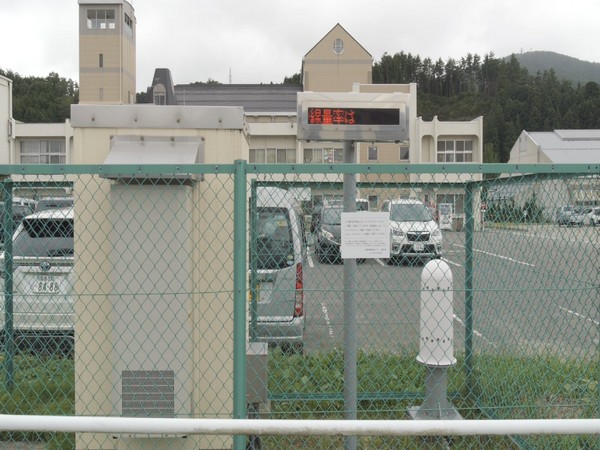

Fukushima town in Japan has recovered after the 2011 earthquake. Authorities here are doing continuous efforts to ensure that safety measures are maintained in the city. This includes the continuous checking and disclosure of radiation levels in the city.
Authorities in Fukushima Prefecture have set up monitoring posts in different cities and towns to detect radiation. This data is being collected and published also by the authorities.
According to Shunji Miura, an official of the Fukushima Prefecture, “This is the transition diagram of spatial radiation in major cities of Fukushima Prefecture. From April 2011 to September 2021, the spatial radiation has dropped sharply and currently it is kept at a very low level. Comparing the spatial radiation of Fukushima Prefecture to overseas, for example, Seoul has 0.12 micro Sievert spatial radiation, Fukushima has almost same level to overseas.”
“This is one of the monitoring posts set up throughout Fukushima Prefecture. We measure the spatial radiation continuously at about 20,000 places. The collected data is aggregated into a data server, and after checking the contents of the data, continuously publish its information on the web homepage,” Yoshihiko Kunii of Fukushima Prefecture said.
To keep the safety of food in Fukushima, precise monitoring of radiation levels is undertaken by the experts.
The inspection data is shared by the Japanese government and Fukushima prefecture. If agricultural and marine products have excessive radiation levels, the Japanese Government makes orders to restrict shipping.
“Fukushima Prefecture promptly communicates to production organizations and distribution companies so restricted products are not shipped and sold. The agricultural and forestry office confirms whether restricted products are sold or stopped. We have established a system in which only safe agricultural, forestry, and fisheries products are distributed,” Kazuhiro Okazaki of Fukushima Prefecture said.
Earlier, importing food products from Fukushima was banned in around 55 countries which have now decreased to 12. Citizens and the administration in Fukushima are making continuous efforts to bring this number down to zero.